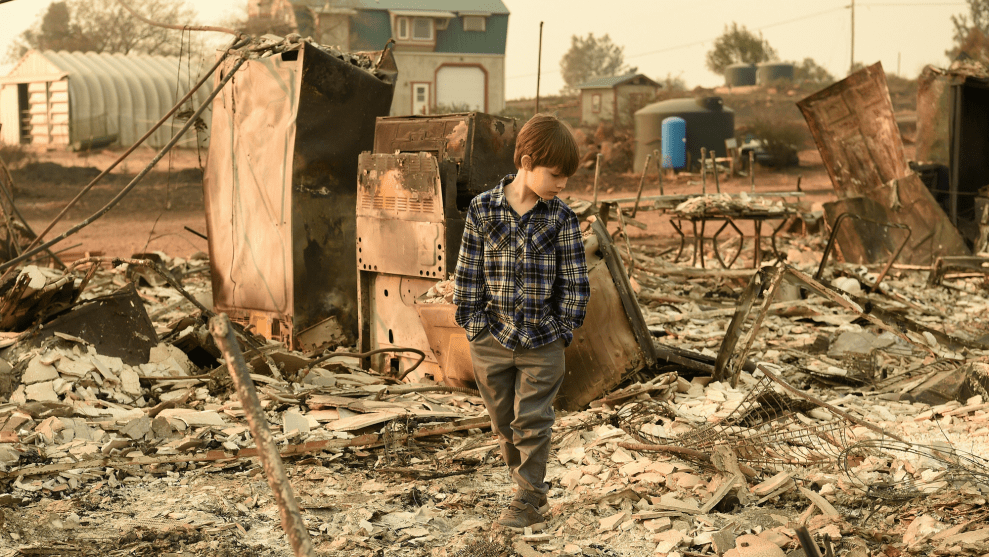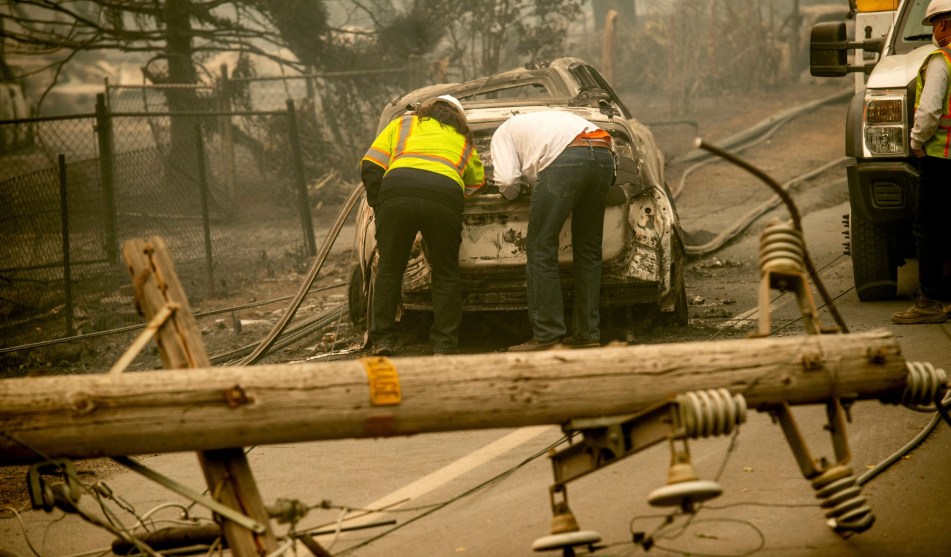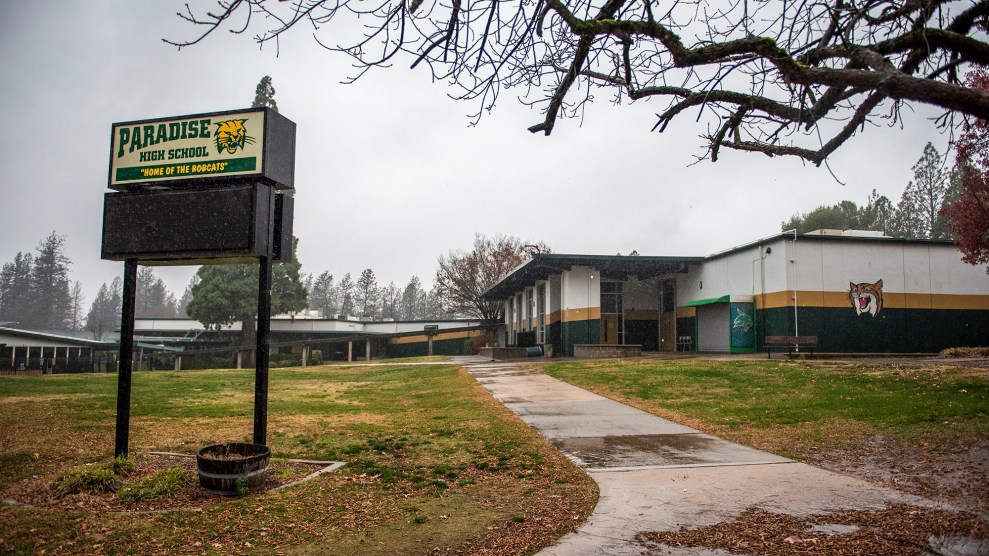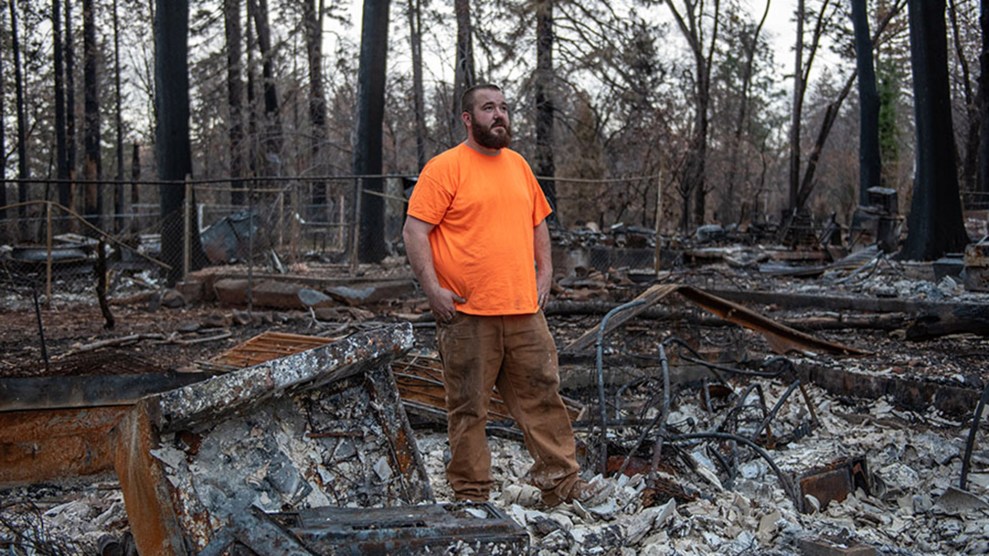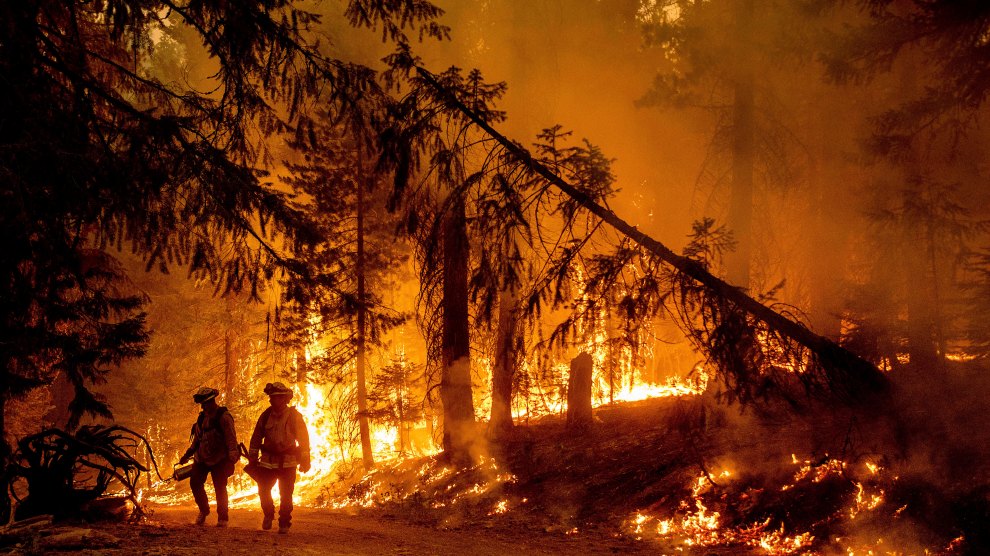
Firefighters near Prattville in Plumas County, California in late July.Noah Berger/AP
On Sunday, the Dixie Fire, a three-week-old blaze that has ravaged more than 463,000 acres and forced thousands of people from their homes, became the second-largest fire in California history. Eight people have been reported missing so far, and the mountain town of Greenville has been mostly destroyed.
Now, a federal judge wants to know whether Pacific Gas and Electric Company (PG&E), the state’s largest utility company, played a role in starting the fire.
On late Friday night, US District Judge William Alsup, who oversees PG&E’s probation for its role in the San Bruno gas explosion in 2010, ordered the utility to provide inspection information on a tree that fell on a power line where the Dixie Fire started. He also asked the utility to disclose information about vegetation and equipment in the area. “PG&E’s responses will not be deemed as an admission by PG&E that it caused any fire, but they will serve as a starting point for discussion,” Alsup wrote.
PG&E, which was aware of the judge’s order, has indicated in electric incident reports filed to the California Public Utilities Commission that its equipment may have sparked the Dixie Fire, though no official cause has been determined. The utility company announced it would bury 10,000 miles of power lines in the coming years in high-risk fire areas.
Between 2014 and 2017 alone, PG&E disclosed that its equipment had caused more than 1,500 wildfires. The company has been linked to five of the most destructive fires in California’s history, including the most deadly, the Camp Fire, which state investigators concluded was caused by “electrical transmission lines owned and operated by Pacific Gas and Electricity (PG&E) located in the Pulga area.”
NEW: @PGE4Me's federal probation judge, William Alsup, demands answers on the #DixieFire and #FlyFire.
He asks about the tree that fell on PG&E's power line at the Dixie origin point– demands inspection images showing what it looked like before it fell.#FirePowerMoney @ABC10 pic.twitter.com/4Q8s8GeV5M
— Brandon Rittiman (@BrandonRittiman) August 7, 2021
The spread of the Dixie Fire, which is so far 21 percent contained, represents an ominous chapter in the wildfires engulfing the United States. Currently, 107 fires are active across 15 states, predominantly across the West, where extreme heat and drought have created conditions for widespread fires that have blanketed the air with toxic smoke.
Seven of California’s largest wildfires have occurred since 2018—six in the last year. The Dixie Fire, which has already consumed a mass of land the size of New York City, is far from the most deadly: The Camp Fire of 2018, caused by PG&E’s electrical lines, killed 86 people and destroyed more than 18,000 structures, decimating the town of Paradise—which is near where the Dixie Fire began.

